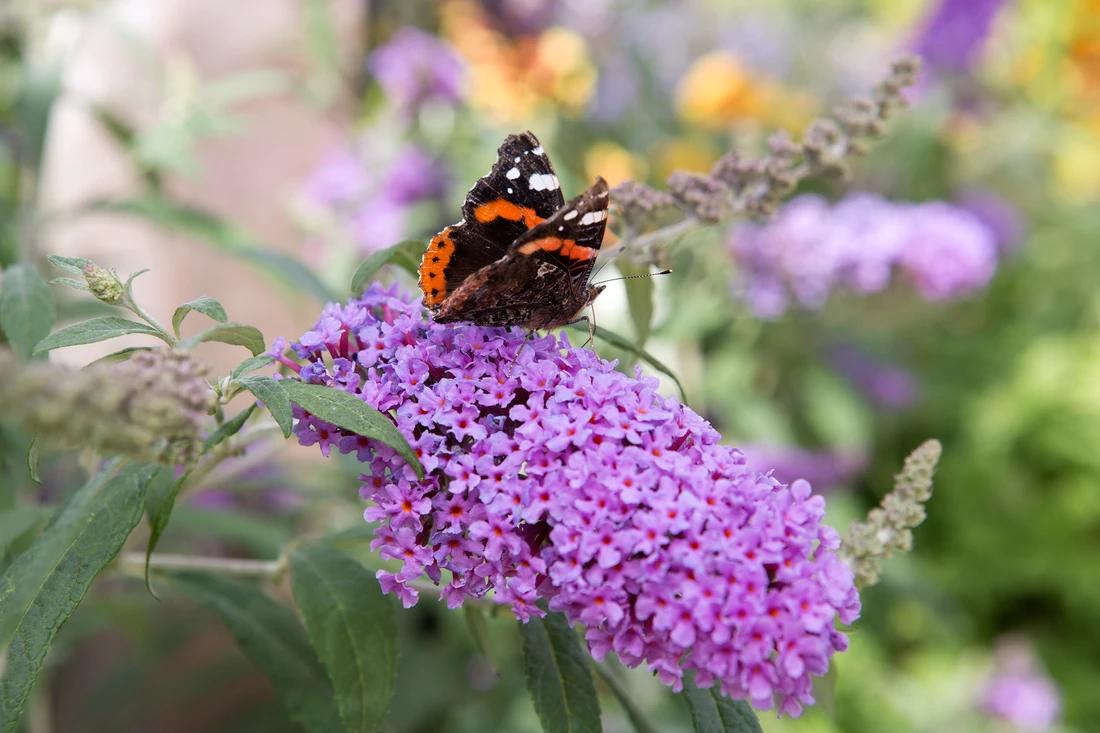Table of Contents
Dwarf buddleia, or Dwarf Buddleja, is a small, compact, and beautiful plant to add to your garden. It produces some beautiful aromatic flowers and is very easy to grow. Given that they are small in size, low maintenance, and adaptable, it is a must-have plant in your garden if you are looking to add variety.
You can grow Dwarf buddleia very easily, and here are some Dwarf Buddleja Plant Care & Growing Tips that will help you get a better bloom.
What is Dwarf Buddleja?
Dwarf Buddleja, botanical name- Buddleia daidii or Buddleja, is a plant that originates in China but is now available in most places. It is an easy-to-grow plant that blooms well both outdoors and indoors. It has qualities like purifying air, giving beautiful aromatic flowers, and overall improving the look of any place.
Dwarf Buddleja, also known as Dwarf Butterfly Bush, is a plant that grows in higher humidity levels and loves warmer climates. There are many varieties of dwarf buddleia plants available that you can choose from. Some of them are-
- Buddleia Miss Molly
- Buddleia Miss Roby
- Buddleia Lo
- Behold Series
- Butterfly Bush Border Beauty
- Butterfly Blush Flutterby Petite Tutti Fruitti Pink
How to Grow a Dwarf Buddleja
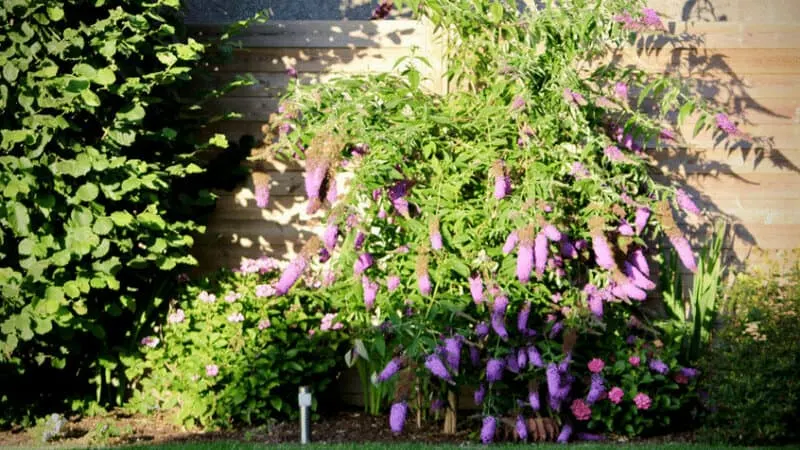
When to Plant Dwarf Buddleja
Dwarf Budlejas can be planted anytime before the winter frost hits. Planting in spring is ideal because the environment is warm and moist. Cold winters can really affect the plant’s health in a rather bad way.
How to Plant Dwarf Buddleja
You can grow your Dwarf buddleia in both open gardens and containers. However, if you are planning to plant them in containers, make sure they have enough drainage holes so your soil does not hold too much water and the flowers bloom perfectly. Start with a smaller pot and then go for bigger containers that are around 60 cm wide. As the plant starts to grow, you might have to change the container into bigger ones.
Choose Your Variety
There are a number of buddleia varieties available in the market, so after examining them carefully, choose the one you want to grow. When you are choosing the plant, take into account the following things-
- Height- Many buddleia species make tall shrubs, which means they grow up to 2.5-3m tall, but you don’t have to worry because you can also get dwarf buddleias like the buzz or nano series that grow only as tall as 1.2m.
- Colour- Since the Buddlejas are available in wide varieties, they vary in their colours too. From white, pink, lilac, and blue crimson to pale mauve, Buddlejas are available in a number of colours, and you can choose from them.
- Hardiness- The Hardiness of a buddleia plant will determine what environment it can grow in. While most Buddleias grow well in sunny atmospheres, there are some that need to be grown in greenhouses. So, choose accordingly.
If you are choosing to go with a Dwarf Buddleja, you are in luck because they are one of the most adaptable plants and grow almost anywhere. It is easy to grow them, is here are the steps you need to follow.
Find the Right Soil
Dwarf buddleia is an easy-to-grow plant and grows almost in any location. In fact, they are the plants many gardening enthusiasts call invasive plants because they can grow anywhere. However, to get the best yield, it is important to choose a sunny spot. This will encourage nectar-rich flowers and attract more butterflies making your garden look pretty.
To make sure you get a good harvest, make sure the soil you are planning your Dwarf Buddlejas in is moist, fertile, and well-drained. You can also loosen the ground for drainage before you plant. This will save your plants from root rot.
Growing Dwarf Budlleja from Seeds
Butterfly bush seeds are easy to plant. You can either buy these seeds from a store or just harvest them from dried flower heads and plant ahead. To do this, follow these steps.
- To plant the seed, loosen the soil from 12 to 15 inches deep and mix it with a 2-4 inch layer of compost.
- Dig a hole twice the diameter of your seed.
- Place the seed in the hole and gently backfill it. Make sure you firm the soil.
- If the seeds are of good quality, you will see them germinating and sporting within a few days, and they will become fully mature plants by the end of the season.
- Water when needed. Do not over-water the soil.
Propagating the Dwarf Buddleja Plant
It is rare that you would want to propagate the bush of this plant since the seeds are so readily available. However, if you do plan to do so, just follow these steps.
- In summer, use a sharp knife or a pruner to cut a 4-6 inch segment from a healthy branch tip. Make the cut below the bud and remove the leaves from the bottom one-third.
- Dip this cutting in a rooting hormone powder, then plant it in a small pot. This pot must have a mixture of peat moss and perlite, along with some soil. Moisten the potting mix a little.
- Put a plastic bag over the plant. This will help it retain moisture.
- Take the plant in a bright location but do not put it in direct sunlight.
- In three-six weeks, your roots will be developed, and now you can transplant this either in your garden or a bigger container.
Growing and Caring Tips for Dwarf Buddleia
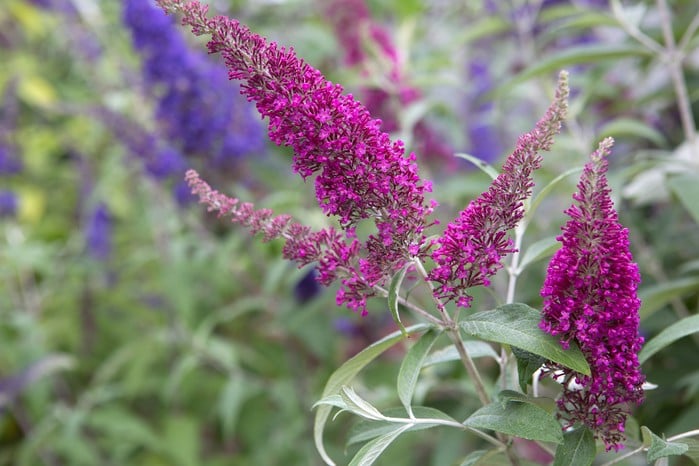
While growing these plants is easy, here are a few Dwarf Buddleia Plant Care & Growing Tips that will come in handy.
- Take care of their lightning Needs. Whether you are growing them indoors or outdoors, make sure your plants are getting enough sunlight. These flowers bloom the best when they get 6 hours of daily sunlight.
- Watering is necessary for these plants to grow, but you have to make sure you are not over-watering them. These plants are vulnerable to root rot. So, water carefully. During early spring to summer, you might have to water these plants more often, but on rainy days, maybe you can skip watering.
- Dwarf Buddlejas grow best in warmer climates. So, if the temperature in your zone is going below 20°F, maybe take them in and protect them from harsh winters.
- Fertilizing the plant. Since these are invasive plants, they do not need a lot of fertilizers. However, you can provide compost in the soil around the base to encourage better growth and bloom. Additionally, you can also provide mulch around three inches thick to conserve moisture in early spring. This will balance the PH and also help it conserve moisture.
- Pruning the dwarf buddleia is very important. Since these plants grow rapidly, it is essential to prune them once a year. Pruning will help your plant bloom and reduce the chance of self-seeding.
- Dead Heading the Dwarf Buddlejas is also necessary. This simply means plucking out the flowers that have dried up and are dead. This will give the new flowers an opportunity to bloom.
Issues and Major Concerns with Dwarf Budlleja
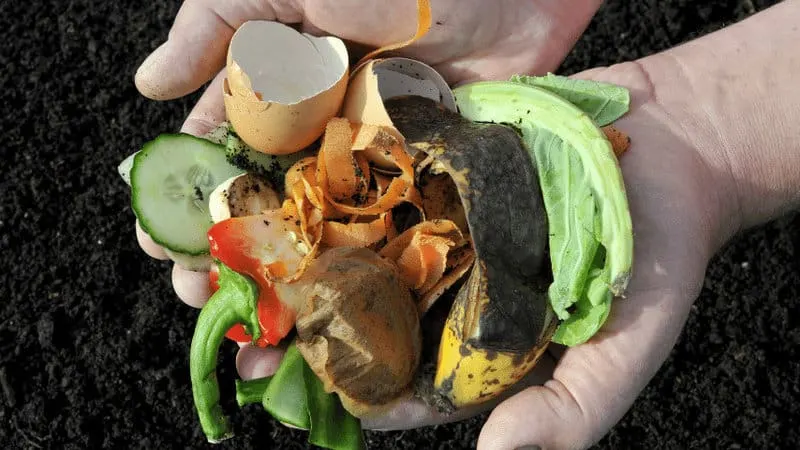
While it doesn’t take a lot to grow Dwarf Buddlejas, just like any other plant, they have to be saved from some issues too. These include-
- Overwintering– Dwarf Buddlejas are sturdy, durable plants and don’t need a lot of winter protection, but they cannot survive frost. So, it is important to save them from harsh winters. The good news is even if they do die back because of the cold, they will sprout and grow back in the spring.
- Pests and Plant Diseases- Thankfully, there aren’t any serious pest or disease problems when growing butterfly bush, but there are a couple of pests and insects that this plant is prone to. Spicer mites are one of them. They cause small spots on the leaves that gradually cause the leaves to turn either grey or bronze. You might even see some silky webs on the leaves, and they can eat up the plant. However, you can easily deal with this. Horticultural oils or insecticides will easily be about to control them.
- Another pest to take into account is Nematodes, which causes yellow-patch-like damage on the leaves. There is no effective treatment for this, so the only way is to either remove or destroy the plant that has been affected.
Other Problems in Dwarf Buddleja Plant Care
1. Caterpillars
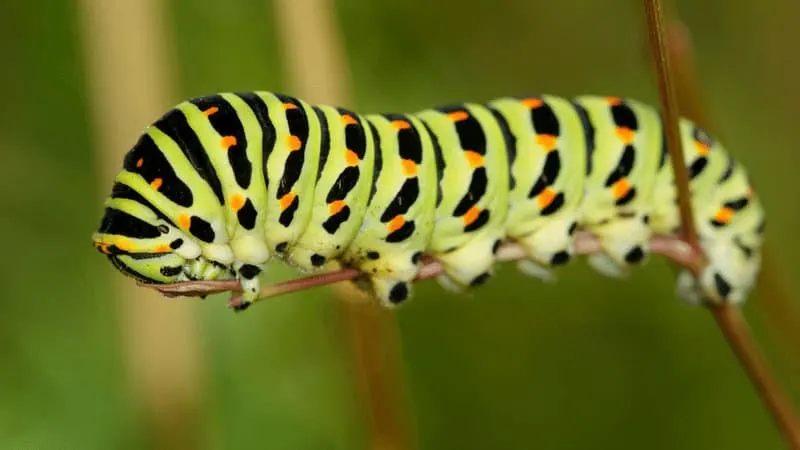
Other than pests and climatic issues, there are a few other issues that you might have to pay a little attention to when planting Dward Budlleja. One of these is the presence of caterpillars. They are attracted to this plant rather strongly and always find their way back to it. However, they do not damage the plants to a great extent. So you don’t have to worry about it too much. If you start noticing small holes inside the leaves of the plant, it could be because of caterpillars. Just spray the plant with slow-release insecticide, and you will be good to go.
2. Root Rot
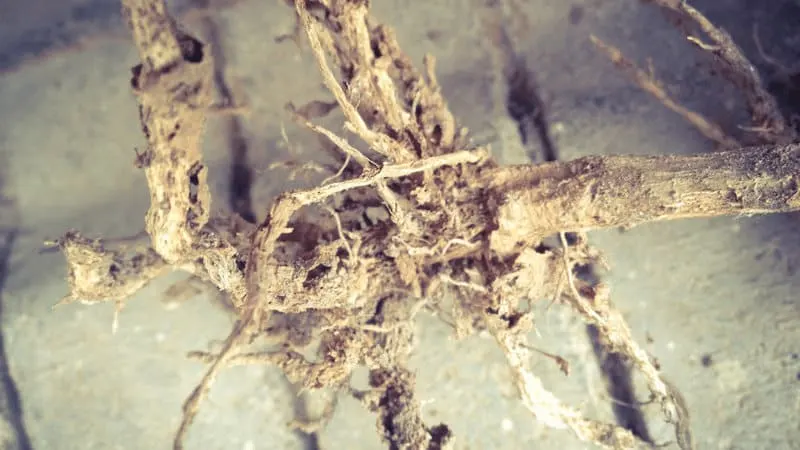
Another issue that you have to take care of is Root Rot. It is pretty common in these plants. Whenever the plant stays over-watered and soiled, it is left behind with rotten roots. Hence, just keep in mind that you are watering the plant just enough not to let it dry. You can notice the symptoms of root rot in the early stages. If the edges of your plant are turning yellow, and you can see that the plant has not been growing, it is a sign to stop watering it as much as you do.
3. Japanese Beetles
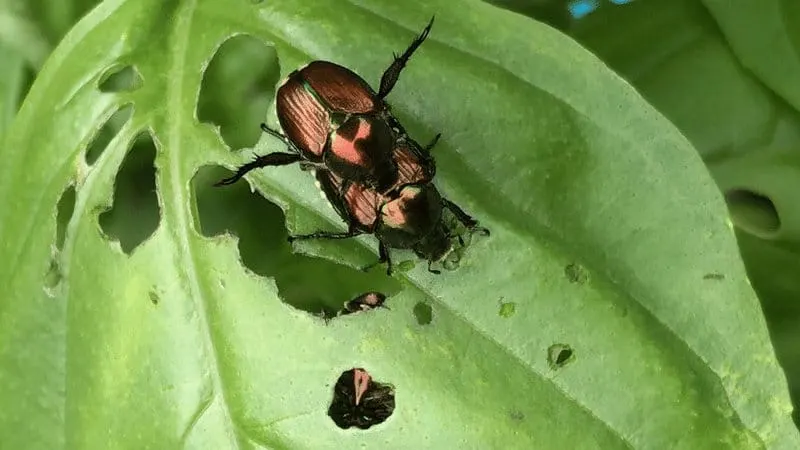
Japanese Beetles are small insects that feed on Dwarf Budlleja plants. It spreads very fast and is dangerous to this plant and the others surrounding it. It is a little tricky to deal with this problem because once they have attacked the plant, it is ineffective even after using insecticides. Therefore the ideal solution here is that you look for grubs, and whenever tiny larva starts to grow, you handpick them instantly.
Conclusion
With little care, you will get a great buddleia bloom. Dwarf buddleia is an easy-to-grow flower, and you can maintain it with minimal effort. A few things to keep in mind are you provide good sunlight, water it appropriately, and save it from other concerns, that is, insects and climate issues. If you do it just right, you will get good flowers again and again.
Since Dwarf Buddlejas are perennial plants, they tend to grow back every year, making them a great addition to your garden.
Frequently Asked Questions
Is It Possible to Pot a Butterfly Bush?
Yes, it is very much possible to plant a butterfly bush in any contained pot, like a planting pot. However, you will have to be very careful that the soil is not very wet because a plant like Dwarf Buddleja does not do well in excess water. Make sure your pot has ample drainage holes so the water keeps draining out easily.
Why Is My Butterfly Bush Shriveled?
There can be two reasons why your butterfly bush looks shrivelled. You will have to take time to diagnose the problem here. If your plant looks shrivelled and is turning brown, it could be because of the lack of water. This is more common in hotter climates. However, if the plant is green but still looks shrivelled, it is because the herbicides you are using in the plants are toxic.
Will the Butterfly Bush Come Back Every Year?
Thankfully, yes. Since The Dwarf Buddleja, or the butterfly bush, is a perennial plant, it will do good for almost two years. However, many times, these plants find it hard to make it through the winter and die. Thankfully, they grow back in early spring. Pruning is very important to make sure they come back.

